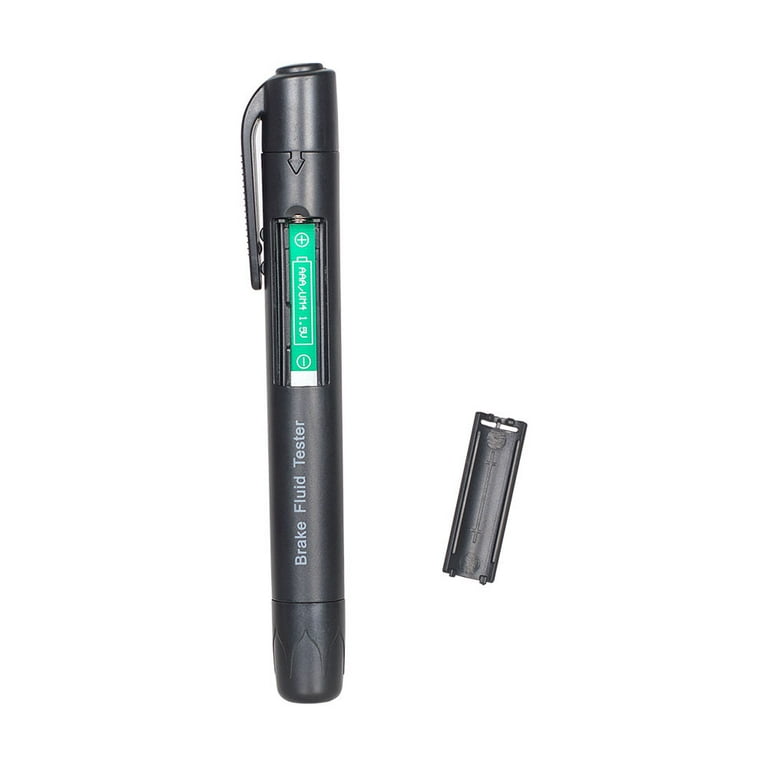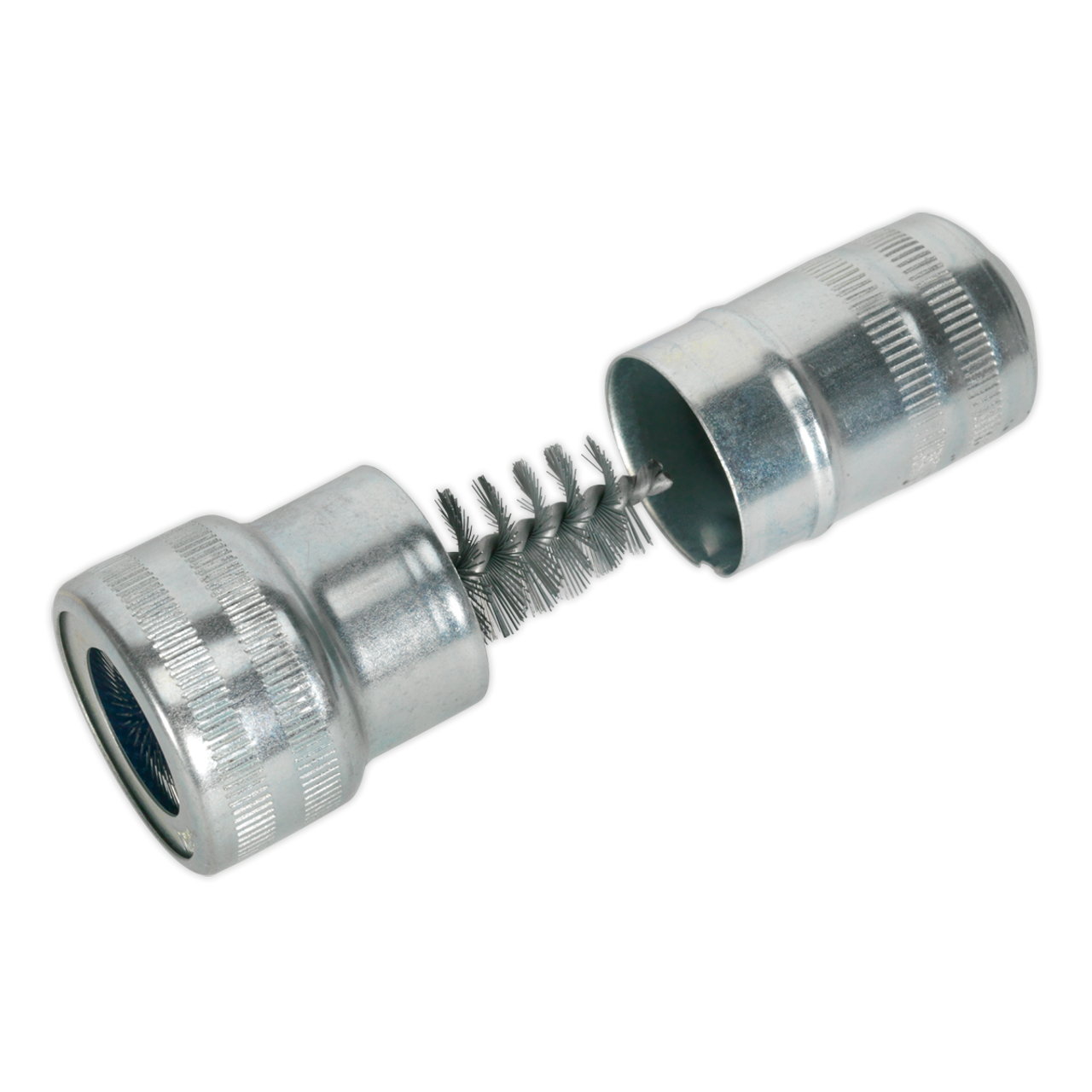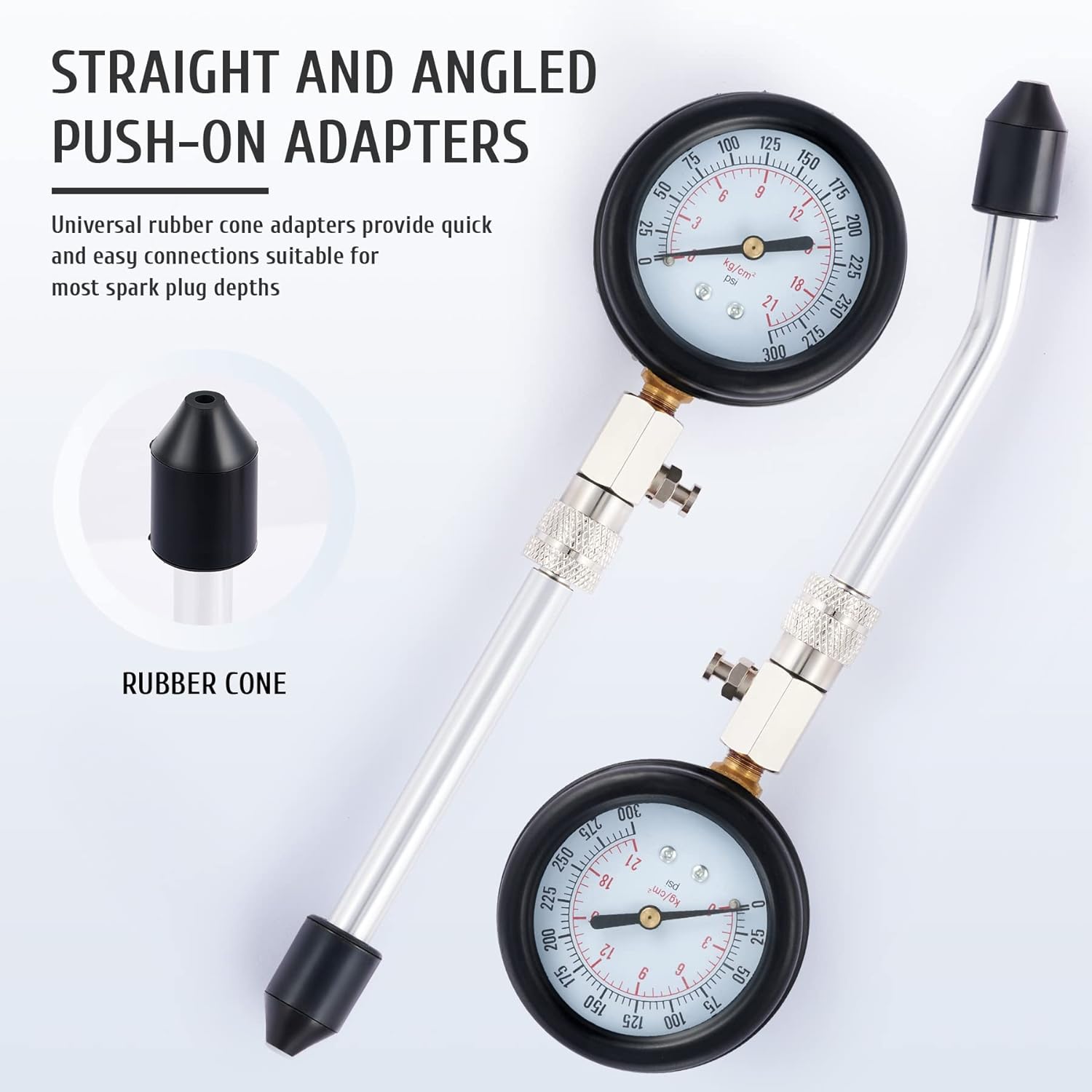Car Brake Fluid Testers A Comprehensive Guide
Brake fluid is an essential component of any car's braking system. It helps to transfer the force from the brake pedal to the brake pads, which then apply pressure to the rotors or drums to slow down the car. Over time, brake fluid can become contaminated with water and other contaminants, which can reduce its effectiveness and lead to decreased braking performance. That's where car brake fluid testers come in. These devices can quickly and easily test the condition of your brake fluid, so you can know whether it needs to be flushed or replaced.
The Importance of Regular Brake Fluid Testing

Regular brake fluid testing is crucial for maintaining the safety and performance of your vehicle. As mentioned before, contaminated brake fluid can lead to decreased braking performance, which can put you and your passengers at risk. Additionally, old and dirty brake fluid can also cause damage to other components of your car's braking system, resulting in costly repairs.
Furthermore, most car manufacturers recommend changing brake fluid every two years or 30,000 miles, whichever comes first. However, this recommendation may vary depending on the make and model of your car. Therefore, regular brake fluid testing can help you determine when it's time to replace your brake fluid and avoid potential problems in the future.
Types of Car Brake Fluid Testers

There are various types of car brake fluid testers available on the market, each with its own unique features and functionalities. Here are some of the most common types of brake fluid testers:
Conductivity Testers
The most basic type of brake fluid tester is the conductivity tester. As mentioned earlier, it measures the electrical conductivity of brake fluid to determine its condition. This type of tester is relatively inexpensive and easy to use, making it a popular choice among car owners.
Strip Testers
Strip testers are similar to pH strips used in chemistry experiments. You dip the strip into the brake fluid, and the color change indicates the level of contamination. However, this type of tester is not as accurate as others and may require some interpretation.
Electronic Testers
Electronic testers use advanced technology to measure the electrical conductivity and other parameters of brake fluid accurately. They typically come with digital displays and may have additional features such as memory storage and Bluetooth connectivity.
How to Choose the Right Brake Fluid Tester

With so many options available, choosing the right brake fluid tester can be overwhelming. Here are some factors to consider to help you make an informed decision:
- Type of tester: As mentioned earlier, there are various types of brake fluid testers available. Consider your budget and needs to determine which type would be most suitable for you.
- Accuracy: Some testers are more accurate than others. For instance, strip testers may provide a general indication of the condition of your brake fluid, but electronic testers are much more precise.
- Ease of use: Look for a tester that is easy to use and comes with clear instructions. You don't want to spend too much time figuring out how to use it.
- Additional features: Some testers may come with advanced features such as memory storage, Bluetooth connectivity, and compatibility with different types of brake fluid. These features may come in handy, but they also increase the price of the tester.
Step-by-Step Guide to Testing Brake Fluid
Now that you have chosen the right brake fluid tester, here is a step-by-step guide on how to test your brake fluid:
- Park your car on a flat surface and allow the engine to cool down.
- Locate the brake fluid reservoir under the hood of your car. It is usually located near the firewall and has a cap labeled "brake fluid."
- Clean the area around the brake fluid reservoir to prevent any debris from falling into it.
- Open the reservoir cap and attach the probe of your brake fluid tester to the metal rods inside. Make sure it is secured tightly.
- Turn on your brake fluid tester and follow the instructions provided with the device.
- Once the test is complete, remove the probe from the reservoir and clean it properly before storing it away.
- Check the results displayed on the digital screen. Some testers may provide a numerical reading, while others may show a color change. Refer to the user manual for interpretation.
Interpreting Brake Fluid Test Results
The results of your brake fluid test will indicate the condition of your brake fluid. Here is a general guide for interpreting the results:
- If the result shows that the brake fluid is in good condition, then no further action is needed.
- If the result indicates that the brake fluid is starting to deteriorate, it is best to schedule a brake fluid flush.
- If the result shows that the brake fluid has high levels of contamination, it is recommended to have it replaced immediately.
When to Replace Brake Fluid
As mentioned earlier, most car manufacturers recommend changing brake fluid every two years or 30,000 miles, whichever comes first. However, there are some signs that you should look out for that may indicate a need for immediate replacement, such as:
- A noticeable decrease in braking performance
- Spongy or soft brake pedal
- Strange noises when applying the brakes
- Visible debris or discoloration in the brake fluid
If you experience any of these signs, it is best to consult a professional mechanic and have your brake fluid replaced.
Safety Precautions When Testing Brake Fluid

Although testing brake fluid is a relatively simple task, it is essential to take some safety precautions to avoid any accidents or injuries. Here are some safety tips to keep in mind when testing your brake fluid:
- Always wear protective gear, such as gloves and goggles, to protect your skin and eyes from any potential splashes.
- Make sure the engine is turned off and the car is parked on a flat surface before testing the brake fluid.
- Do not smoke or use any open flames near the brake fluid reservoir, as it is highly flammable.
- Dispose of old brake fluid properly. It is considered hazardous waste and should not be poured down the drain.
Common Brake Fluid Testing Mistakes
While testing your brake fluid may seem like a simple task, there are some common mistakes that people make that can affect the accuracy of the results. Here are some things to avoid:
- Not following the instructions provided with the tester: Each brake fluid tester may have different instructions, so it is essential to read and follow them carefully.
- Testing while the car is in motion: Moving your car while testing the brake fluid can result in inaccurate readings due to the movement of the fluid.
- Using old brake fluid: If you have opened a bottle of brake fluid but didn't use it all, do not use it for testing. Old brake fluid can affect the accuracy of the results.
- Not cleaning the probe properly: Before and after testing, make sure to clean the probe properly to avoid contamination and ensure accurate results.
Advanced Features of Car Brake Fluid Testers

Some car brake fluid testers come with advanced features that make them more efficient and user-friendly. Here are some of the features you may find in high-end brake fluid testers:
- Memory storage: Some testers can store previous test results, making it easier to track any changes in the condition of your brake fluid over time.
- Bluetooth connectivity: This feature allows you to connect the tester to your smartphone or computer and access more detailed information and reports.
- Compatibility with different types of brake fluid: Some testers can test different types of brake fluid, such as DOT 3, DOT 4, and DOT 5. This makes them suitable for use in a variety of vehicles.
Conclusion
In conclusion, regular testing of your car's brake fluid is crucial for maintaining the safety and performance of your vehicle. With so many options available, it can be overwhelming to choose the right car brake fluid tester. However, understanding how they work and what features to look for can help you make an informed decision. Remember to follow proper safety precautions and avoid common mistakes when testing your brake fluid. By doing so, you can ensure that your brakes are in top condition and keep yourself and others safe on the road.



